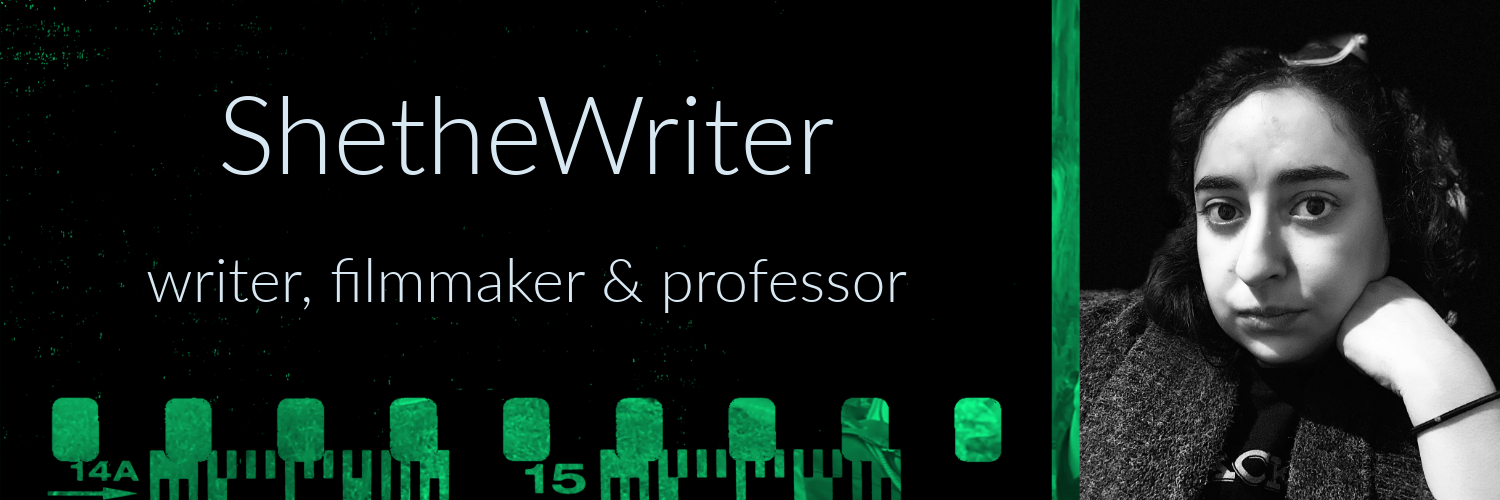First things first: I was disappointed by the lack of eye contact. there were a couple moments in the first season that got me pretty excited, but nothing close to it here. So no, it's not metafiction...yet.
Season two has some serious improvements, though. The tonal chemistry has matured. Season one was a long, single note. A minor chord of melodrama. The new season, on the other hand, actually had some ups and downs. Moments of levity, to quote Minnette. This allowed me to actually feel the weight of the heavier scenes. Emotional fatigue keeps a viewer from feeling what they should. They get bogged down. You can't have effective lows without effective highs. It certainly helped that the narrative connected with adult characters. It gave me permission to accept the scope of the story and the issues it address.
The next thing I'm excited about is obvious: They're addressing relevant, sensitive conversations. No one else is producing a streaming series about teenagers taking down rape culture. We've never seen this before. I'm just delighted by it, and I'm further delighted by the variety of perspectives presented. They're not representing everything perfectly (I'm still grumpy about the totally unnecessary and gratuitous scene of you-know-what in season one). I don't expect them to do everything right. But they're trying, and the acting is damn good. There something thrilling for a lot of people--both on the left and right--about witnessing morally dichotomous situations in fiction. This show knows it: rape is bad. Period. No exceptions. Yet not everyone sees rape for what it is--at least not right away--and there are aspects of this story that demonstrate both sides of this reality.
Let's take a look at how they're doing this, though: there are moments when representation is used just for representation's sake. Best example of this is the scene in the courtroom where every female character shares an experience about misogyny. It's not really happening, but it doesn't matter. They saw an opportunity to make Jessica's testimony universal in a concrete way, and they took it. Personally, I love when filmmakers take this liberty. It's what makes visual mediums so flexible and powerful. It's not always necessary--, I think the scene itself could hold its own. Jessica's story could be just as emblematic in its own right. But they took the liberty, and I don't mind it. It's just those kinds of liberties that can nudge something closer to being metafiction.
That said, such luxuries in the cinematic form can compromise believability: Zach's fling with Hannah is a representation of a healthy, consensual intimate relationship, and it does that very well. Does it accomplish much else? Meh. Not really. I didn't mind, but let's be honest: some people do. Extrapolating a storyline to represent an idea independent of the plot is something all writers do, but it's something that rarely makes a final cut. It's decorative. It looks nice, I know why it's there, but if you don't give it a real use, I'm on to you. That said, it's a plot line that contributed a lot to the improved tonal chemistry of season two.
If you read this blog, you know there's nothing I love more than a fictional character who knows they aren't real; regardless of the reason. By far my favorite thing about this seasons is Clay's interaction with ghost-Hannah. It thrills me to be able to apply Jung's Theory of the Anima to a contemporary show like this. Was it the writers' intention? Not likely. But I love it anyway. I'm starved for it, so when it's in short supply, I'll find it. Of course, if you've seen my video work, or even just the trailer for Delta Phi, you've begun to think of the subtext that's possible when a character projects their subconscious onto another--even more fictional--character.
I can't deep dive into it right now, though, because I just have one big fat complaint that must leave my chest. The dialogue.
It's still quite atrocious at times. Yes, we know that teens curse. Profanity, in speech or in writing, compensates for ideas that are otherwise hard to articulate, and teens aren't the most articulate. That is true.
But the profanity in this show really comes from a lack of ability to use specificity.
Take, for instance, Justin's story about staying in "shit motels." This is classic first draft writing.
I know what the writer means, but it's not what I want to know. I want to know the name of the motel, and whether there was a number in it. What did it smell like, Justin? Did you find roaches in your bed? Where did you shoot up? Those are the details that will wreck my heart, at least as effectively as his puppy-face. When writing lacks specify, it puts too much on the actor. Lucky the actors in this show are extraordinarily competent. But please, put me in that writers' room! It's the specificity that will always make shows like Breaking Bad a cut about the rest. 13 Reasons Why deserves that level of craftsmanship.



